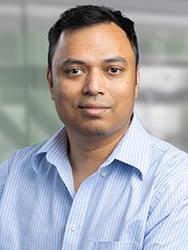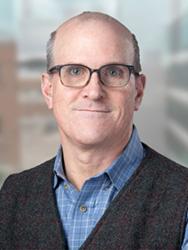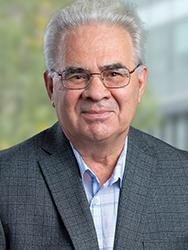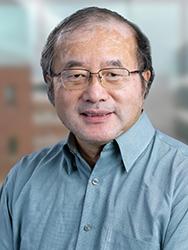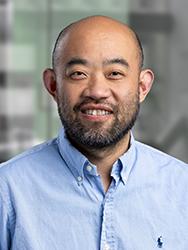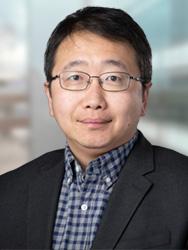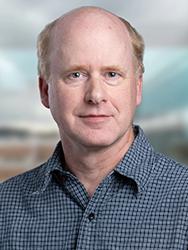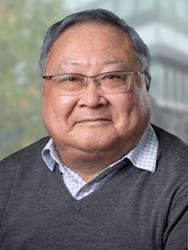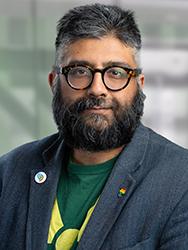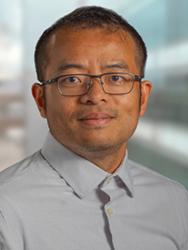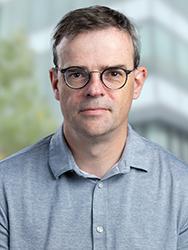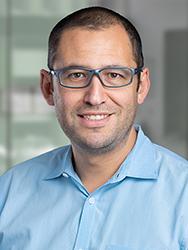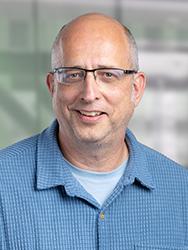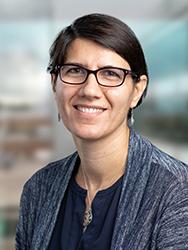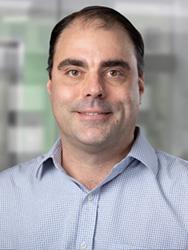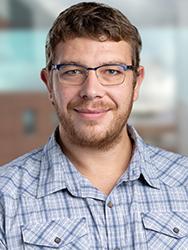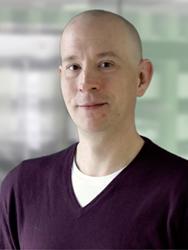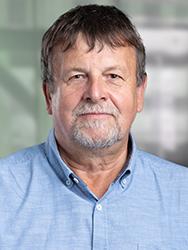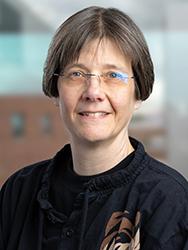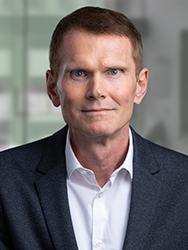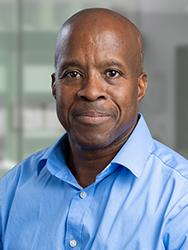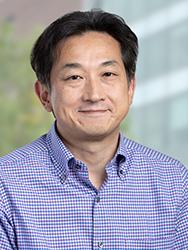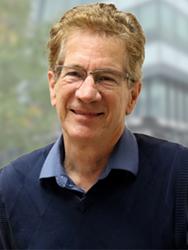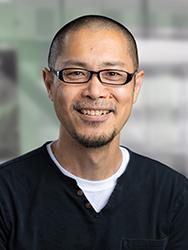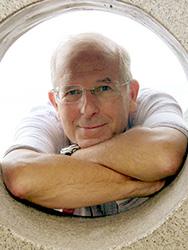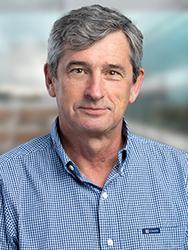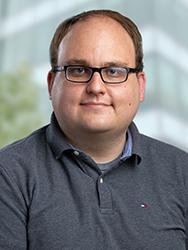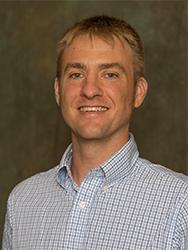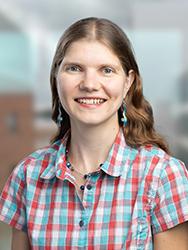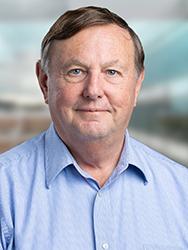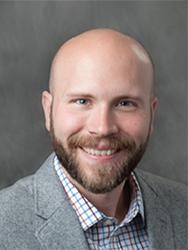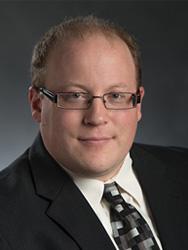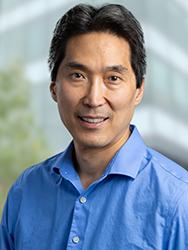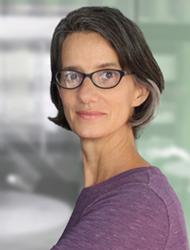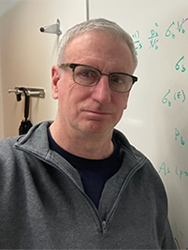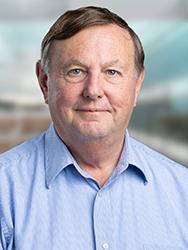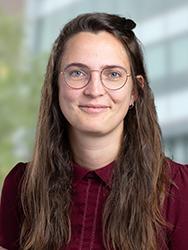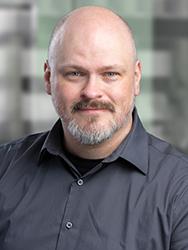Faculty profiles
The FRIB Laboratory offers unparalleled education and research opportunities to graduate students, who routinely meet and work side-by-side with leading researchers in nuclear physics, nuclear astrophysics, nuclear chemistry, accelerator physics, and engineering.
There is no better way to begin a career in science than learning and working at a world-leading user facility that attracts scientists from all over the world in the pursuit of their research. You will watch, participate in, and lead discoveries of things no one knew before. In the process you will develop skills and connections that will enable you to excel in a wide variety of exciting careers.
Train with world-leading faculty
FRIB is the world’s leading rare isotope facility, opening new nuclear science frontiers. Earn your graduate degree through MSU’s Physics and Astronomy department, Chemistry department, or College of Engineering by working with the world’s top faculty and staff at FRIB. FRIB faculty have joint appointments with FRIB and the corresponding MSU department. Under the guidance of world-renowned faculty, graduate students in experimental nuclear science are involved with all aspects of performing novel experiments: writing a proposal, designing, testing detectors and electronics, analyzing data and interpreting results.
Current FRIB faculty
FRIB’s faculty profiles offer a snapshot of the dedicated team of professionals who are available to work with you during your time at the laboratory. Research areas include:
- Accelerator engineering
- Accelerator physics
- Experimental atomic physics
- Experimental nuclear astrophysics
- Experimental nuclear physics
- Inorganic chemistry
- Nuclear chemistry
- Radiochemistry
- Theoretical astrophysics and nuclear astrophysics
- Theoretical nuclear physics


